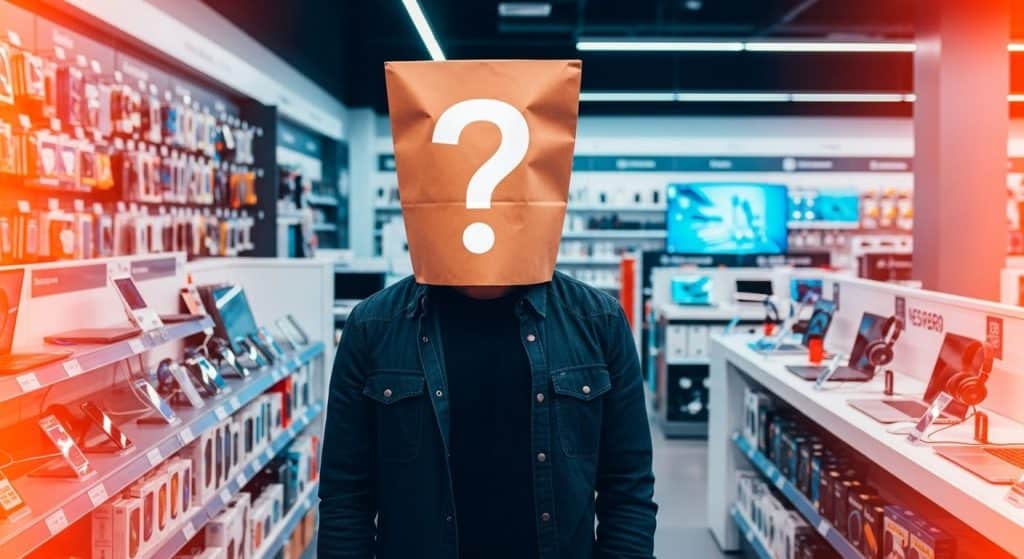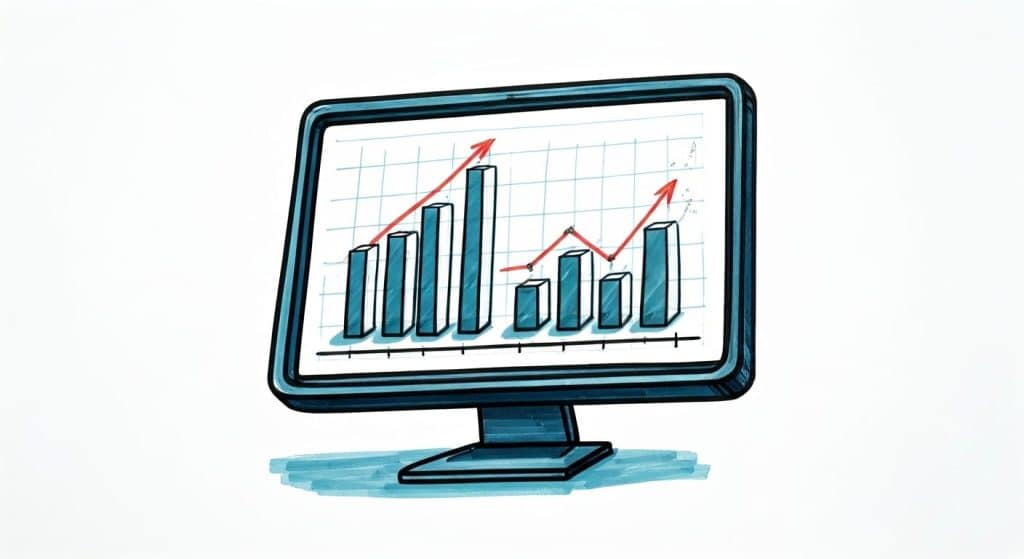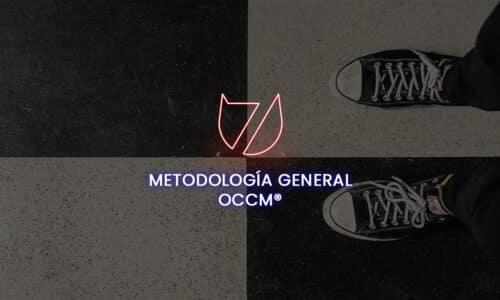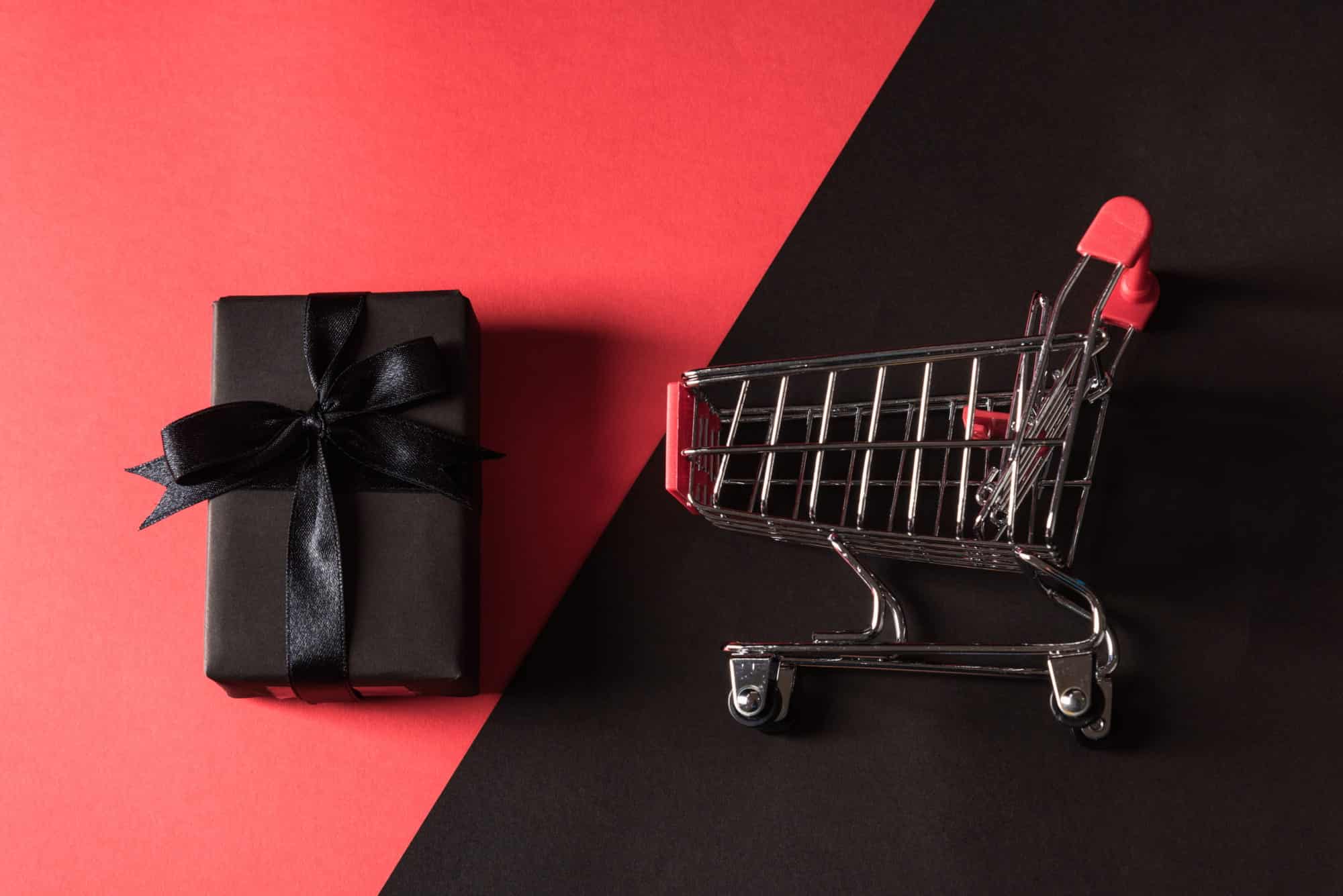Post-Purchase Automation: The Invisible Loyalty Strategy
- Renato Carabelli
- October 14, 2025
- Commercial and Sales, Market Automation, Marketing
- 0 Comments
M
onday meetings often celebrate numbers and campaigns — yet few teams know how many buyers came back. That’s the blind spot of most online stores: repeat purchase.
Keeping the relationship alive doesn’t mean insisting; it means staying present with purpose. Post-purchase automation lets you thank, listen, and anticipate without daily human effort. With thoughtful flows, every order becomes a continuing journey.
This article reveals how to apply the invisible loyalty strategy — small, meaningful gestures that turn automation into trust, profitability, and brand strength.

The Blind Spot on the Results Table
Monday morning. Weekly strategy meeting. On the screen, all the numbers: sales, campaigns, ad spend, reach, ROI. Everything seems fine.
Until someone asks, almost casually:
“How many of this month’s buyers had already purchased from us before?”
The silence lasts longer than expected.
No one has the answer.
The problem isn’t the lack of data — it’s the lack of attention. Every new sale looks like a victory, but not knowing how many are repeat buyers means losing money unnoticed. That unmeasured opportunity — repeat purchase — is a sleeping asset in most online stores.
The Silence After the Purchase
The customer buys, receives a receipt, and disappears from the radar. The brand knows their name, city, order total, product, date… yet does nothing with that information.
The next contact comes only when a new campaign is launched — once again paid for with ads, discounts, and effort. We pay again to talk to the same person who already trusted us once. The cycle repeats, and with each campaign, we pay to reconnect with someone who should never have been lost.
It’s not neglect — it’s a gap. Because every forgotten customer costs five times more to replace than to retain.

What Forgetting Costs
Acquiring a new customer costs five to seven times more than getting an existing one to buy again. Every lost repeat buyer means double the time, budget, and effort. Ignoring post-purchase isn’t an oversight — it’s a silent leak of profitability.
That cost appears in three dimensions:
Economic.
Each new customer requires ads, offers, discounts, influencer spend — constant investment. Profit margins erode in the effort to replace what could have been preserved.Operational.
Teams work harder, not smarter. They build campaigns and promotions to recover lost ground, when a simple post-purchase flow could have kept the relationship alive.Brand.
Silence creates space for competitors. When a customer hears nothing from you, they assume you’ve forgotten them. And others quickly fill the void.
Today, automation and AI can shrink that cost even further. Technology keeps the contact alive; strategy gives it meaning.
The Invisible Click
The same question remains in the air:
“What do we really know about our past customers?”
The silence repeats itself. The data exists, but no one uses it. And that’s where the idea emerges:
true loyalty isn’t bought — it’s maintained.
It doesn’t need new campaigns or extra budgets, only the smart use of what you already have.
This is the essence of an invisible loyalty strategy.
The Invisible Loyalty Strategy
Post-purchase automation is an invisible loyalty strategy — a way to keep the customer relationship alive without daily human effort.
Its goal is simple: extend trust and customer value with minimal operational load, reusing what already exists — data, tools, campaigns, and structure.
It’s invisible because it happens quietly, after the sale, beyond the spotlight, but keeps the relationship glowing.
How to Keep the Relationship Alive
Keeping the relationship alive means staying present with purpose.
The customer who already trusted you doesn’t need insistence — just recognition. Every message should remind them that their purchase was not the end, but the beginning.
Personalize with Purpose
Personalization is not just adding a name. It’s using what you already know — what they bought, when, what they viewed, where they live. Use that data to send messages with context and timing — messages the customer expects, not tolerates.Thank, Remind, and Accompany
After the purchase, stay present. Thank genuinely. Remind them of useful options, special dates, or upcoming launches. Make every contact feel like care, not marketing noise.Reward the Ones Who Already Trusted You
If you’re willing to offer incentives to new buyers, start with those who already chose you. Announce promotions early, give exclusive perks, make them feel that being part of your story means receiving more.Listen, Don’t Just Speak
Ask how their experience went, if they’d recommend you, what they’d like next. Every reply is worth more than a click. Listening creates insights no campaign can buy.Combine Channels, Not Efforts
Use personalized channels — email, SMS, WhatsApp, push notifications — to keep a coherent conversation:- Email builds narrative.
- WhatsApp creates closeness.
- SMS handles urgency.
- Push keeps presence.
The key isn’t making more noise, but sustaining purposeful conversation.
“A relationship thrives on attention, not insistence.”
Contact once or twice a month, for real reasons. The best automated message feels like a gesture.
Keeping the connection alive doesn’t depend on big campaigns, but on small, thoughtful reminders — where customers feel they matter more because they already chose you.

The Three Flows That Keep the Relationship Alive
Gratitude & Feedback Flow – “Thanks, I’m Listening”
Laura makes a purchase on Tuesday. Minutes later, she receives a short, simple message:
“Thanks, Laura. Your order is on its way.
In a few days, we’ll check that everything arrived well.”
Three days later:
“We aim to improve with every delivery.
Could you help us with three quick questions?”
A human-sounding automated flow that listens, not sells. It closes the experience loop and opens genuine dialogue.
Reorder or Smart Recommendation Flow – “I’m Here When You Need Me”
Three weeks after purchase, Javier receives:
“Hi Javier,
We know your product lasts about a month.
Would you like to restock before it runs out?”
No pressure — just care. The brand doesn’t push; it helps.
Sometimes the tone changes:
“We’ve just launched an improved version of the model you liked —
inspired by customers like you.”
Javier feels remembered. That feeling — more than the discount — builds loyalty.
Early-Access Flow – “You First”
Five days before a big launch, loyal customers get:
“We wanted you to know first.
The new promotion starts this week, but you can access it today.
Thanks for staying with us.”
When the public campaign goes live, they’ve already been there.
They’re not just buyers — they’re insiders.
For the brand, gratitude turns into differentiation.
Summary
| Flow | When | Message | Result |
|---|---|---|---|
| Gratitude & Feedback | Right after purchase, +3 days | “Thanks, [name]. How did it go?” | Trust and useful feedback. |
| Reorder / Recommendation | Product cycle or new launch | “We know you use X. Here’s Y.” | Natural repurchase. |
| Early Access | Before public campaign | “You first. Access early.” | Loyalty and belonging. |
After thoughts
“If you’re already doing this, refine it. If not, start.”
You don’t need to invent anything new. Your customers, data, and tools are already there. You just need to activate them.
And if you’d like to exchange ideas, compare notes, or explore how to improve your post-purchase flows — let’s talk.
Sometimes, a good conversation is the first step toward selling better… without losing your human touch.
Related Posts

- Renato Carabelli
- April 14, 2023
General Methodology OCCM

- Renato Carabelli
- April 7, 2023
The power of originality: increasing your website traffic with unique content
The generation of original and high-quality content on a website is essential to attract visito ..



Leave A Comment